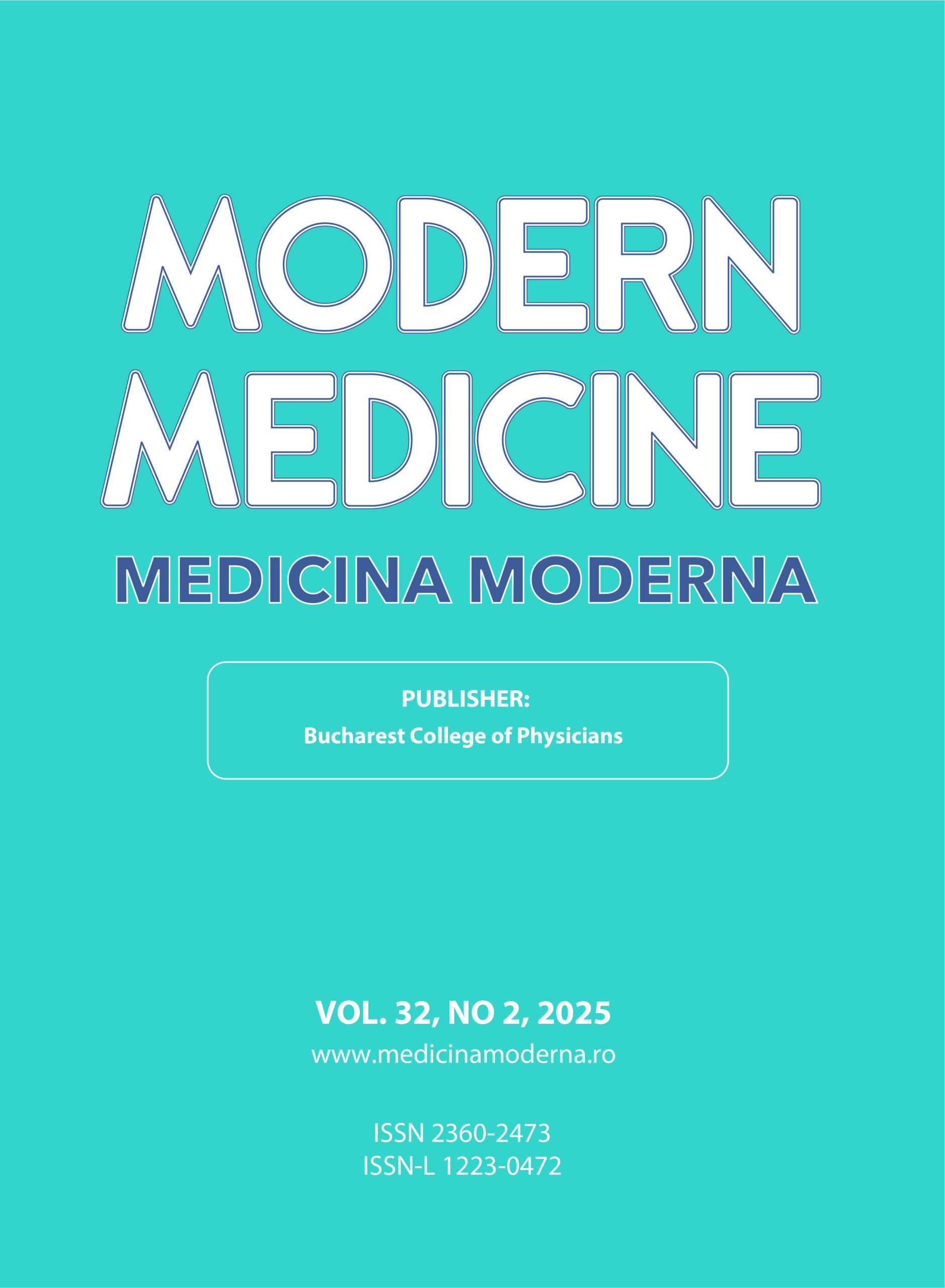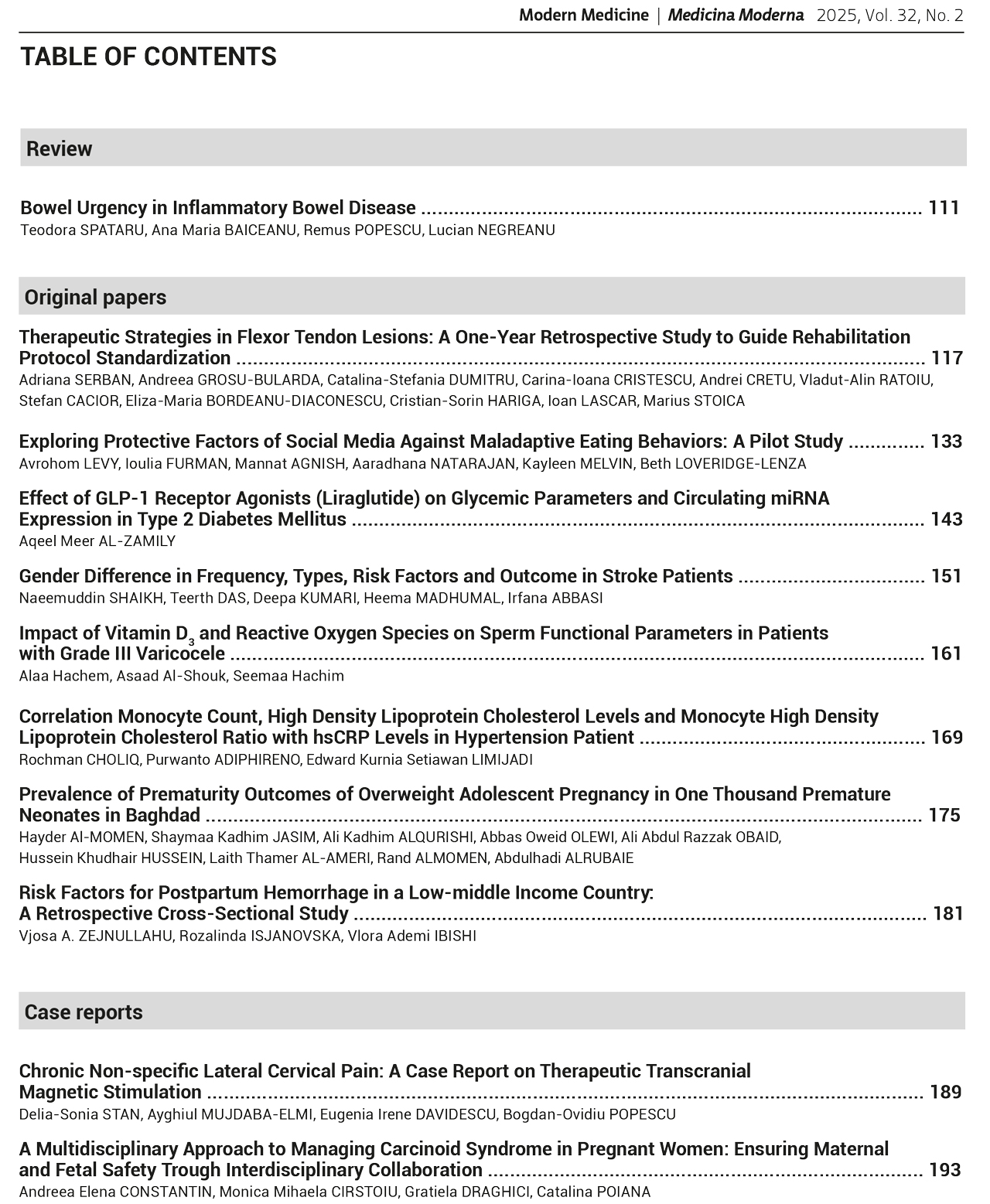Background: With the increasing trends of global culinary boom and food revolution, and since adolescents are one of the most important age groups that intereact actively with new emerging waves, the health impacts of overweight adolescent pregnancy could be an evolving issue. Additionally, prematurity has different risks of disease and fatality in different areas and nations. Objectives: We aimed to measure the prevalence of complications of prematurity in 1000 neonates in Baghdad city born to overweight adolescent mothers and general maternal characteristics. Methods: Data of 1000 premature (case) and full-term (control) neonates were collected from hospital records in Baghdad over 12 years. The mothers of our samples were overweight and adolescents. Results: In premature neonatal group, mean adolescent maternal age was 18.2±1.6 years and mean maternal body mass index was 26.8±4.3 kg/m2. Cesarean delivery was the main mode with 648 women (64.8%) while it appeared significantly less in full-term group (52.6%). In premature group, mean gestational age (weeks) was 33.41±2.76, and mean birth weight (g) was 1426.58±294.12. Respiratory distress syndrome (RDS) was the major neonatal complication (n=786, 78.6%), followed by sepsis (n=199, 19.9%). Intraventricular hemorrhage (IVH) came after (n=113, 11.3%), then patent ductus arteriosus (PDA) appeared (n=66, 6.6%), and necrotizing enterocolitis (NEC) had the least prevalence rate (n=35, 3.5%). Death affected 47 neonates (4.7%).
Conclusion: As for premature delivery in Baghdad, overweight adolescent pregnant women had higher CS rates compared to normal delivery. Regarding complications of the premature neonates, RDS had the greatest frequency followed by sepsis, IVH, PAD, and NCE, respectively.





